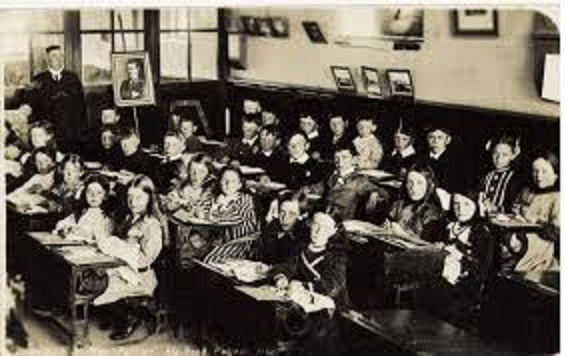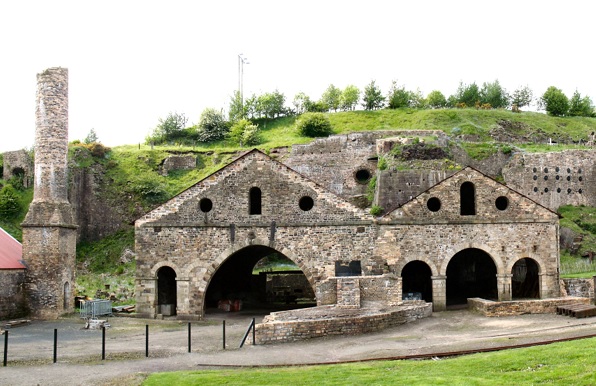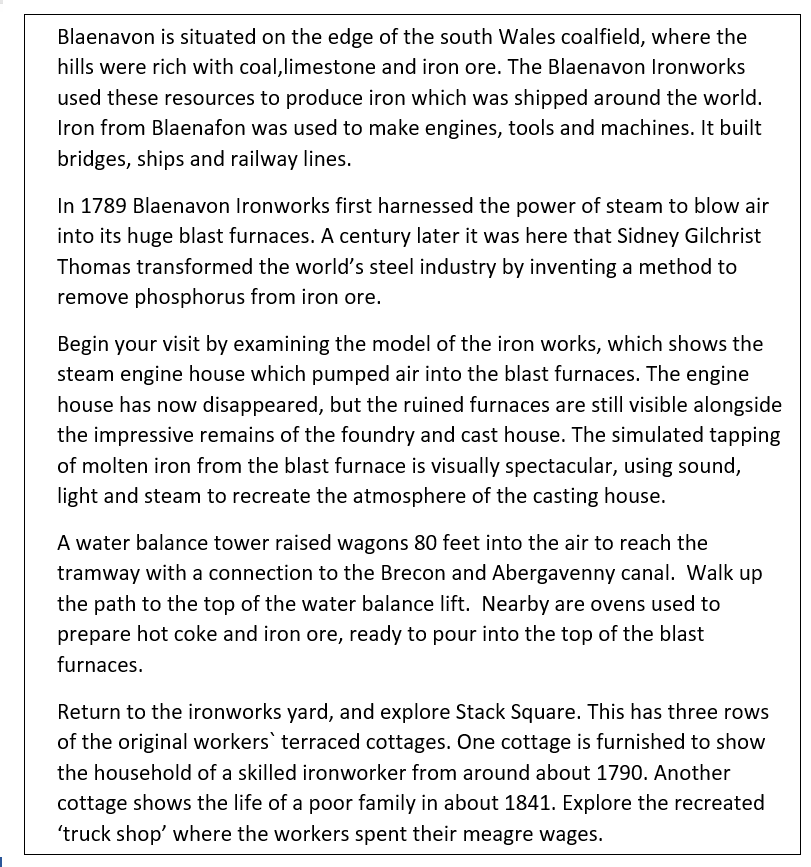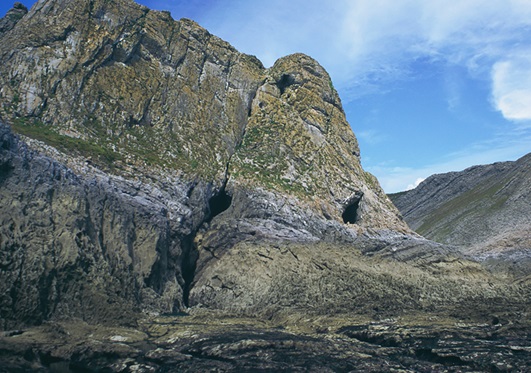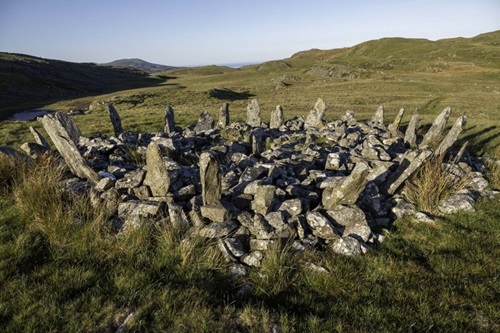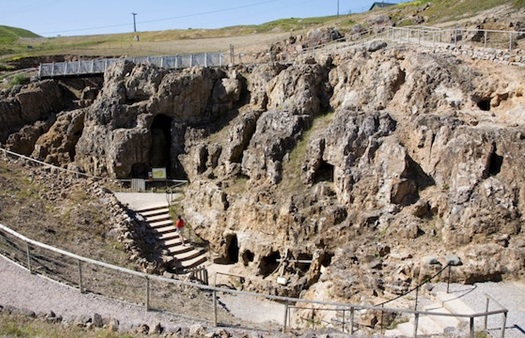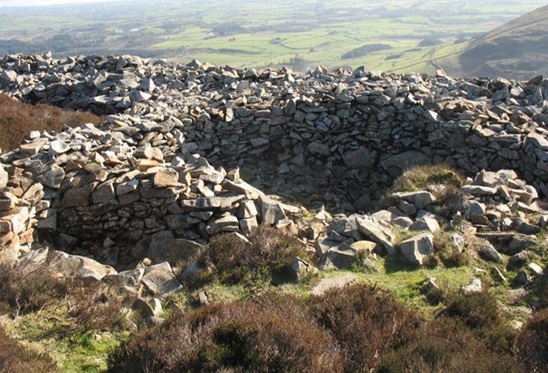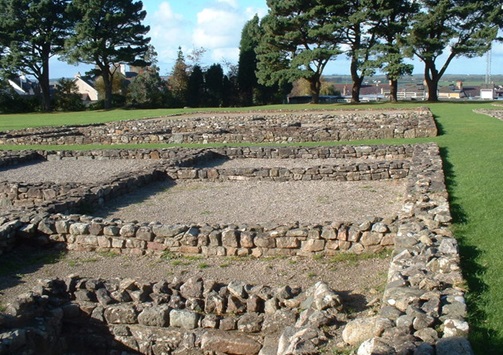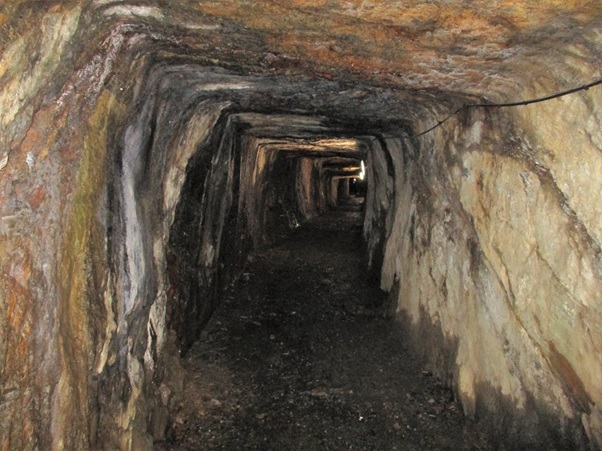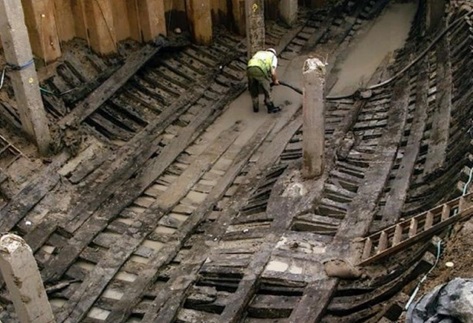Brad y Llyfrau Gleision
The nineteenth century was a period of great social change in Wales.
The people of Wales were experiencing poverty and oppression by rich landowners, and they began to fight back.
During the 1830s the Chartist movement was widespread in the industrialised areas.
Large open-air meetings were held in a campaign for social and political reform.
Riots began in several towns.
In Newport, a crowd marched to the Westgate Hotel where fighting started with the authorities.
Soldiers fired on the crowd and over twenty protesters were killed.
During the Rebecca Riots in the 1840s men dressed in women`s clothing and attacked toll gates and destroyed them.
Landowners and magistrates were threatened.
These events were given wide attention in the main newspapers including `The Times`.
It was believed that the cause of the social problems was a lack of education in Wales.
In March 1846, William Williams, the Member of Parliament for Coventry, called for an inquiry into the state of education in Wales.
The Government appointed the three commissioners Lingen, Symons and Vaughan Johnson to undertake the inquiry.
They visited every part of Wales collecting evidence and statistics, and published their report in three blue volumes.
The report contained much information about education, everyday life and work in the industrial and rural areas.
The blue books report is an important source for historians.
The commissioners spoke no Welsh and relied mainly on information from Anglican clergymen.
The report caused anger in Wales by claiming that the Welsh people were generally ignorant, lazy and immoral.
It came to the conclusion that the causes were using the Welsh language and nonconformity in religion.
In response the bard Robert Jones Derfel published the book `Brad y llyfrau gleision` which attacked the report.
However, the report did damage to the status of the Welsh language for many years.
Ordinary Welsh people began to believe that they could only improve themselves through the ability to speak and communicate in English.
Translate the sentence:
The nineteenth century was a period of great social change in Wales.
Suggested translation: (a number of alternatives acceptable)
